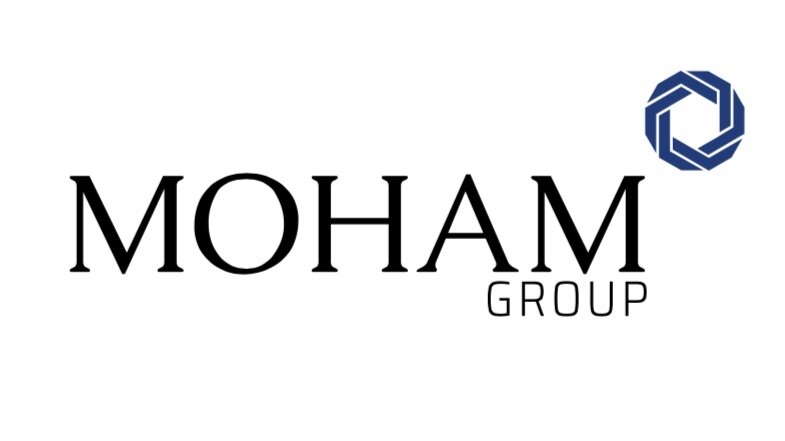Agribusiness value chain complexity
The agribusiness chain is already highly complex, but various drivers are conspiring to make it even more so. There are many different crops and food types, each with its own distinctive and often fragmented supply chain. There is also huge variety within each crop in terms of how and where it is produced, and by whom. Environmental factors play an important part in production and vary by region and by year.
New objectives
New objectives for agriculture have been introduced: whereas the primary purpose was to provide food, feed and fibre, the sector is now being asked to provide increasing supplies of biofuels, contribute to rural development and provide amenity and ‘ecosystem services’.There is also talk of agriculture providing bio-materials to underpin the ‘bio-economy’ of the 21st century. In the jargon, agriculture is becoming increasingly ‘multi-functional’. Another driver for change is the increasing emphasis being put on the health dimension of food as more people in the world now suffer from obesity than malnutrition. Governments are considering ways of intervening in the food chain to mitigate this trend while the development of functional foods is becoming an integral part of many food company strategies.
New solutions
Technological advances, particularly in plant genomics and IT are creating all sorts of new possibilities for agriculture. There has been a consistently high level of R&D investment across the value chain (see below) which has resulted in a continuous stream of innovation.
An increase in private sector investment in agriculture is mirrored by what has been happening in the public sector, with governments, especially those in emerging markets, significantly boosting their investment in recent years. China, in particular, has greatly increased its investment in agricultural R&D and now spends almost as much as the US. Moreover, collaboration between the public and private sectors is growing, with several initiatives to increase the level of public-private partnerships in agriculture. Gone are the days when the private sector was distrusted by donors, academics and NGOs as the public sector and society recognize that their objectives can only be realized with private sector resources and skills.
New markets
New customer segments are emerging: the growth of the emerging markets in both population and economic terms drives the level and composition of demand for agricultural and food products. The latest Food and Agriculture Organization (FAO) forecasts predict that overall food demand will increase by 1.1 percent a year between 2006 and 2050, or by 70 percent of the whole period.The primary drivers of this demand are Africa, due mainly to population growth, and Asia, due to both population and GDP growth.
With GDP growth comes an increase in the level of urbanization and the rise of the middle classes. Both of these drive accompanying changes to the composition of demand, with some crops and foodstuffs increasing their share, notably meat, dairy products and vegetable oils, and others, such as staple cereal crops losing out (Fig. 9).The fact that in 2012 China produced more corn than rice is illustrative of this and represents a significant milestone. There is also a slow trend towards diversification of diets (Fig. 10).
A related GDP-driven trend is the growth in demand for value-added, often processed food products which meet the need for convenience and new tastes, creating opportunities for the food manufacturing sector. Most major food companies have already targeted the emerging markets for growth.
As well as affecting the quantity and composition of demand, economic growth will bring with it new demands in the area of how the food is produced – more information and traceability.This is addressed in the next section.
These demand trends then beg the question: who will supply the demand? This is more difficult to anticipate as it will depend on less predictable (than demand) supply factors. Russia, the Ukraine and many African countries have the potential to increase their agricultural production and the extent to which they do so will have implications for global trade patterns. It will also play out differently at each stage of the value chain and each of these therefore needs to be addressed separately. For example, the EU is a net importer of primary products and next exporter of manufactured food. However one common/universal theme across the value chain is the increasing importance of the emerging economies as both markets for foreign and domestic companies and possible supply and R&D bases for both.
As a result of the considerable and increasing complexity of the agri-food chain companies are faced with ever more strategic choices in terms of:
Which crops to engage with and how great arrange to cover. Technology(traits) and politics (e.g. regarding biofuels) are opening up new opportunities.
Which sectors to address:
How far dot hey want to stray from their core business?
Are there any synergies?
How far to engage with emerging markets. There is no doubt that most growth is there but there are risks attached.
How far to use emerging markets as a resource base.
How seriously to take emerging market companies as a source of competition in their home markets and abroad. Most of the largest companies in all sectors remain based in the developed world – only 6 of the top 100 food companies are based in the emerging markets and only one of the top 100 retailers. Emerging market companies however, are growing rapidly and becoming more involved with overseas markets. Having long been significant investors in African agriculture, the Chinese the are now increasingly turning their attention to the European food sector.
How far to vertically integrate.




